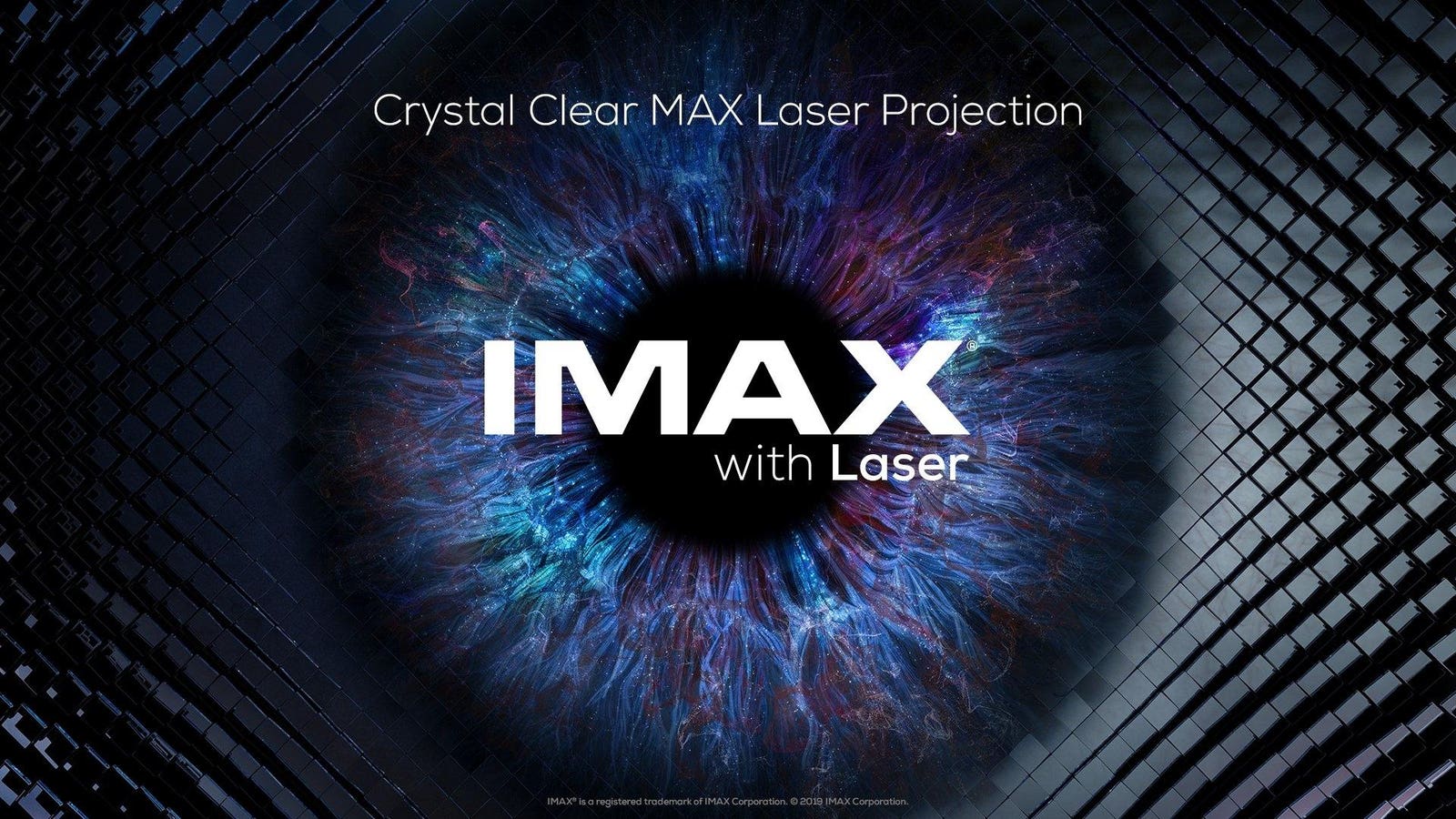Neurons
Major technology vendors are converging around a single protocol for artificial intelligence agent communication, potentially ending the fragmentation that has limited the deployment of enterprise AI. Google’s donation of its Agent2Agent protocol to the Linux Foundation brings together Amazon Web Services, Cisco, Microsoft, Salesforce, SAP and ServiceNow as foundational members of a new standardization effort.
The move addresses a fundamental challenge facing enterprise technology leaders: how to deploy AI agents that can work together across different platforms without requiring custom integrations for each vendor relationship. Current enterprise AI implementations often create isolated systems that cannot share information or coordinate tasks, limiting the automation potential that drives AI investment decisions.
Technical Foundation Enables Cross-Platform Agent Communication
The a2a protocol operates as a communication layer that allows AI agents to discover each other’s capabilities, exchange information securely and coordinate complex tasks regardless of their underlying technology stack. The system uses JSON-RPC 2.0 over HTTP for standardized communication, with server-sent events enabling real-time streaming interactions between agents.
Agent discovery occurs through “Agent Cards,” which serve as digital business cards that contain capability descriptions and connection information. When an agent needs to complete a task requiring specialized expertise, it can query available agents, review their capabilities and establish secure communication channels without human intervention.
The protocol supports both synchronous request-response patterns and asynchronous workflows, accommodating enterprise scenarios where tasks may require human approval or extend across multiple business days. Authentication mechanisms ensure that only authorized agents can access specific capabilities while maintaining audit trails for compliance requirements.
Amazon Web Services has already demonstrated practical implementation by creating tools that expose Bedrock agents through a2a endpoints. This enables enterprises using AWS infrastructure to make their AI agents accessible to agents running on other platforms, thereby creating the interoperability that enterprise architectures require.
Market Convergence Accelerates Standards Adoption
The Linux Foundation announcement represents the consolidation of previously competing approaches to agent interoperability. More than 100 technology companies now support the a2a protocol, expanding from the initial 50 partners when Google first launched the specification in April.
Microsoft has integrated a2a support into Azure AI Foundry and enabled a2a agent invocation through Copilot Studio. This integration allows enterprises already committed to Microsoft’s AI toolchain to participate in multi-vendor agent workflows without replacing existing investments.
Salesforce contributed the Agent Card concept that became central to a2a’s capability discovery mechanism. The company positions agent interoperability as essential for reaching what it terms “Level 4 multi-agent orchestration,” where specialized agents collaborate across enterprise systems.
The convergence creates particular implications for Cisco’s AGNTCY initiative, which has been developing infrastructure for what it calls the “Internet of Agents”. Rather than competing with a2a, Cisco is integrating a2a support directly into AGNTCY’s core components including the Directory, Identity, SLIM Messaging and Observability frameworks. This approach transforms AGNTCY from a potential competing standard into complementary infrastructure that enhances a2a’s capabilities.
Strategic Implications for Technology Decision Makers
The Linux Foundation’s governance model offers vendor neutrality, addressing enterprise concerns about being locked into proprietary ecosystems. Technology leaders can invest in a2a implementations with confidence that the protocol will evolve through community input rather than single-vendor control.
Standardization creates opportunities for enterprises to implement modular AI strategies, where specialized agents from different vendors can collaborate on complex workflows. For example, a customer service workflow might combine Salesforce agents for CRM interactions, ServiceNow agents for incident management and AWS agents for data analysis, all coordinating through a2a protocols.
However, successful implementation requires careful architectural planning. Enterprises need to establish agent governance frameworks, implement monitoring capabilities and develop policies for inter-agent data sharing before deploying production systems. The protocol provides the technical foundation, but organizational readiness determines success.
Technology leaders should evaluate their current integration capabilities and security postures before committing to multi-agent architectures. While a2a reduces technical barriers to agent interoperability, it does not eliminate the need for robust data governance, identity management and compliance frameworks that enterprise AI deployments require.









